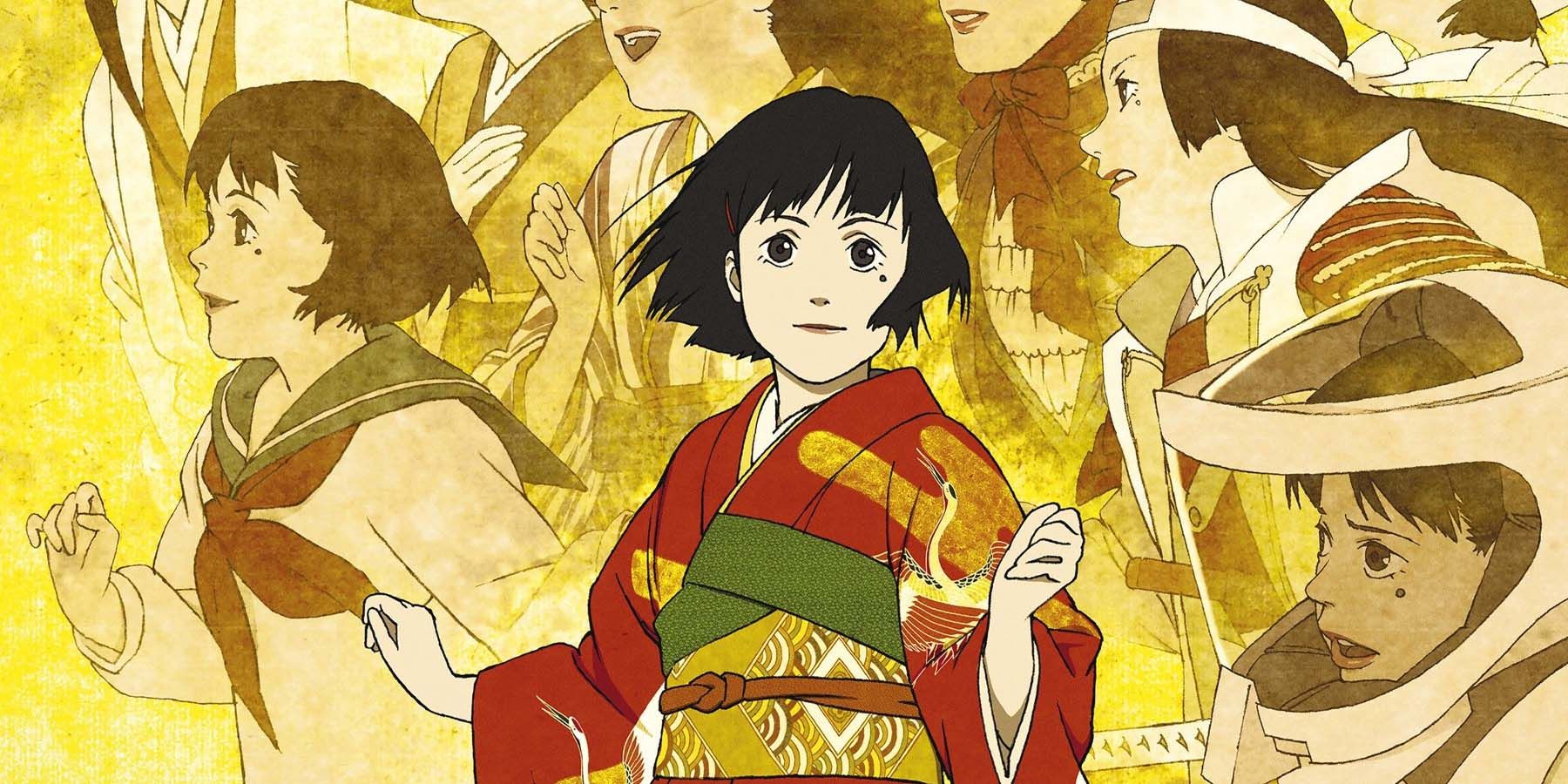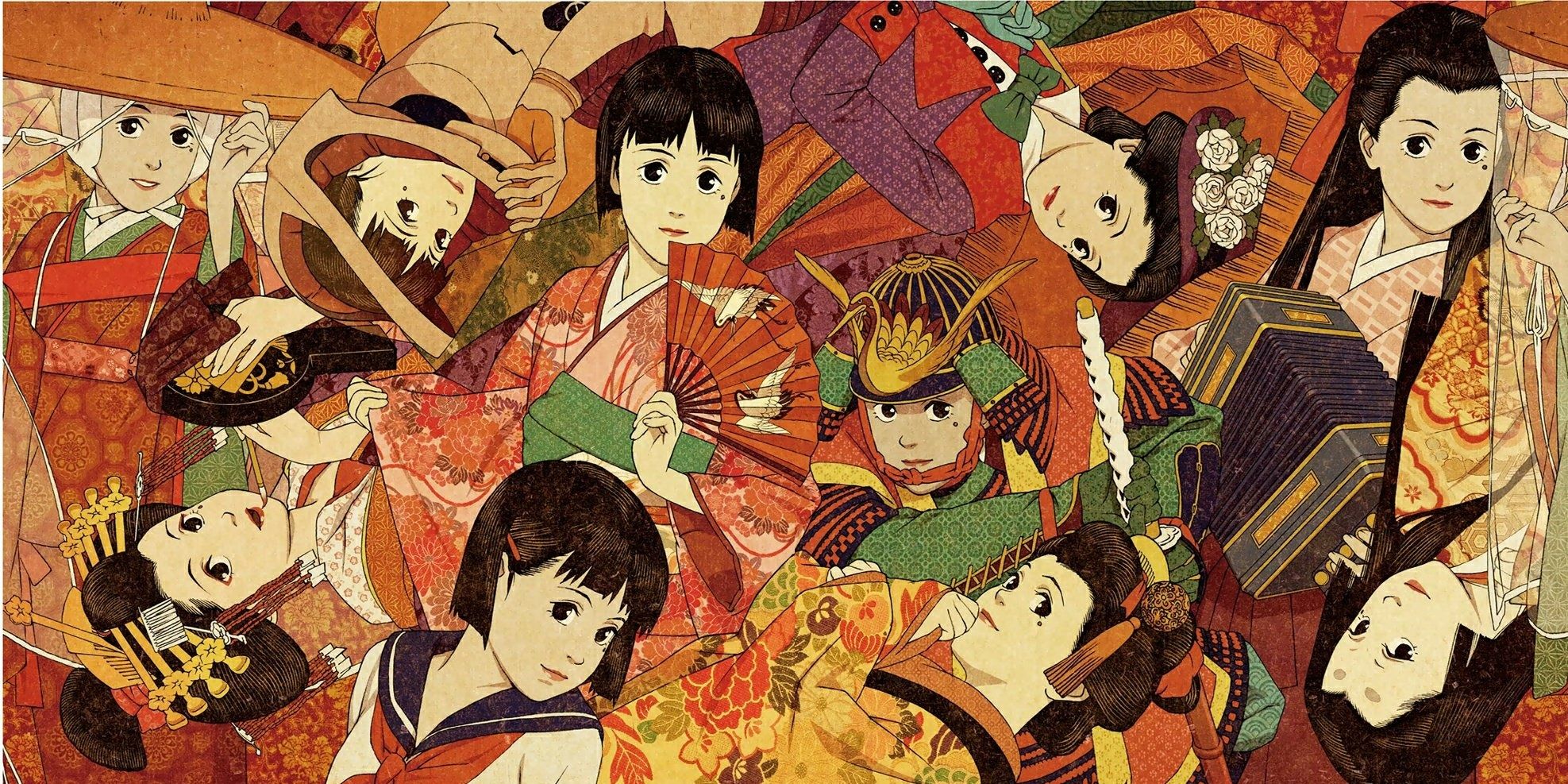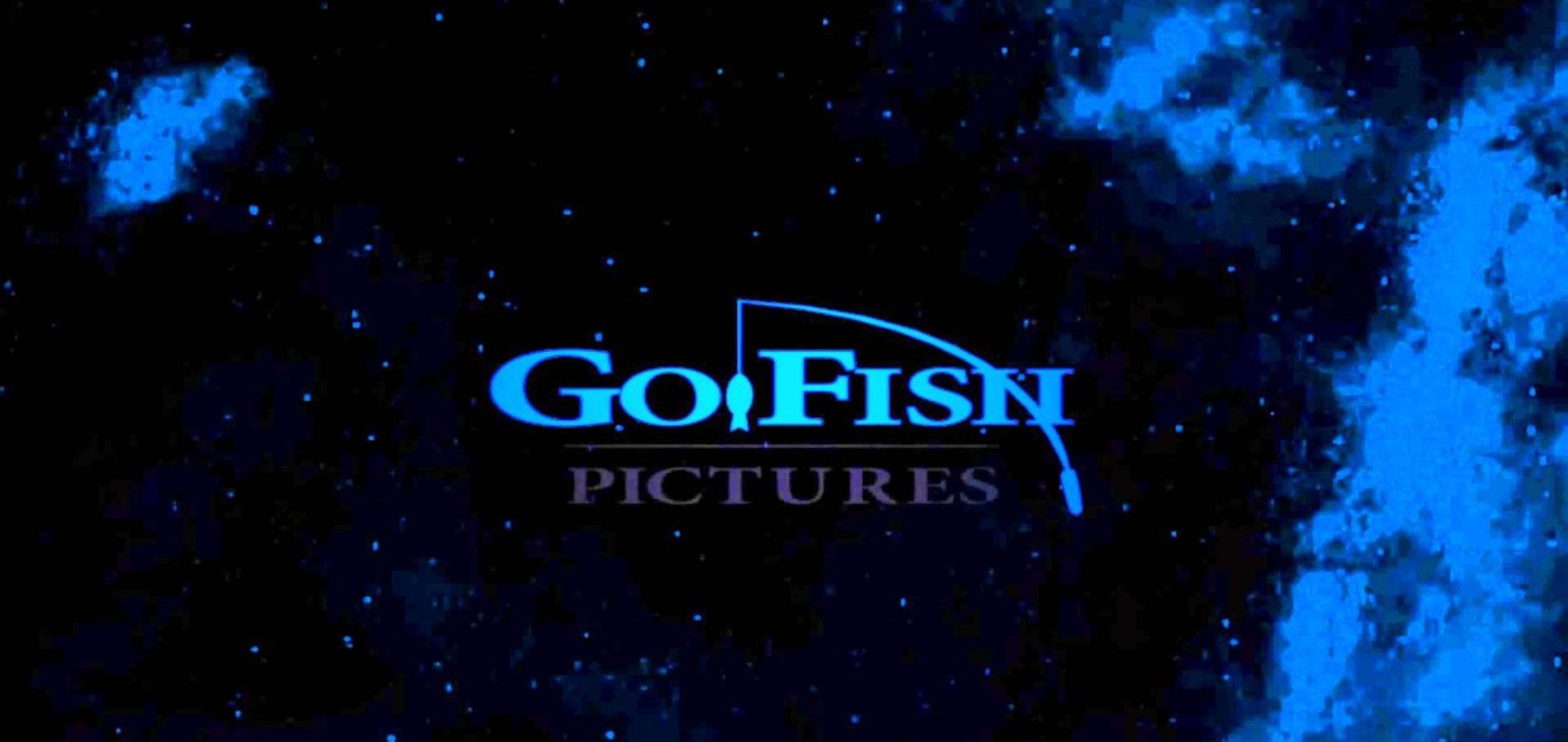When thinking about some of the greatest anime directors of all time, Satoshi Kon is sure to pop up on many cinephiles’ top lists. The director of such classic films as Perfect Blue and Tokyo Godfathers, Kon was a unique vision in the world of cinema. Despite only directing four movies and one TV series before his untimely death, all of his films are considered masterpieces by movie fans who have seen them. Considering the high acclaim his films received, you would think that any studio would be thrilled to be releasing one of his movies under their banner.
Sadly, you would be mistaken. When Kon made his second film – Millennium Actress – interest in the project was high considering it was the director’s follow-up film to his acclaimed debut Perfect Blue. There was a bidding war with one company ultimately winning the bid for the rights to release the film in America. Unfortunately for Kon, it landed in the hands of a company that wasn’t interested in releasing it to a wide audience and instead wanted to use the film as a pawn for awards glory.
What is Millennium Actress?
Millennium Actress revolves around two documentary filmmakers who decide to make a film about the life of a famous actress named Chiyoko Fujiwara. Chiyoko retired from making movies more than thirty years ago, but the interviewer gives her a key that he believes she dropped on one of her last films. The key is hers and seeing it again causes Chiyoko to tell her story of how she became an actress many years ago (although in a slightly fantastical way, one that blends fantasy with reality).
Being released five years after Perfect Blue, Millennium Actress was highly anticipated and did not disappoint critics. While a radical departure from his debut film, Millennium Actress proved that Satoshi Kon was no One Hit Wonder and that he was going to be an influential filmmaker on the global stage. Shortly after the film premiered at film festivals, bids were being made to bring it to American audiences.
DreamWorks Creates Go Fish Pictures
Enter DreamWorks SKG. DreamWorks was a new studio on the block founded by Steven Spielberg, Jeffrey Katzenburg, and David Geffen. They had had some early success with films like Saving Private Ryan and The Prince of Egypt, and they were looking to expand their Hollywood reach. One of the areas they had not gotten into was foreign or independent films, and they felt that this is a market they should enter. Miramax was an awards darling at the time, and the right independent film that hit big with audiences could become insanely profitable since most indie films were made on a very low budget.
With this mindset, DreamWorks SKG created a new arm of the company called Go Fish Pictures, which was billed as a way to produce and release foreign, arthouse, and independent films. Along with the press release was the announcement that Go Fish Pictures’ first film they would release would be Satoshi Kon’s Millennium Actress, giving movie fans hope that with DreamWorks SKG behind the release, that more anime films would not only be coming but be pushed as potential hits. Sadly, there was information that was deliberately omitted from the press release and this announcement.
The True Purpose of Go Fish Pictures
Behind closed doors, Go Fish Pictures was a pet project by Jeffrey Katzenburg that was never intended to seriously distribute foreign films or even make a profit. The company arm was created specifically to game the Academy Awards and their new category for Best Animated Feature. DreamWorks Animation had won the first Oscar for that category with Shrek, but the category stated that at least fifteen animated films needed to be released in a year for five films to be nominated (otherwise the number would be three). After the first year saw only three films nominated and the second year was headed down that path, Katzenburg decided to change that.
He primarily founded Go Fish Pictures with the intention of acquiring acclaimed anime to not only help get enough animated films in theaters to bump the number of nominations up to five, but also so that DreamWorks Animation could hopefully pick up a bulk of the nominations. If an in-house made film was nominated alongside a Go Fish film, DreamWorks would push the in-house film while the Go Fish film would basically be there to take a slot away from their competitors like Disney and Blue Sky Studios. Millennium Actress was released in theaters but only given the most bare bones release to qualify it for an Oscar. No advertising money was spent and a dub (which helps attract the more average movie goer) was never produced.
Go Fish would then release Ghost in the Shell 2: Innocence the following year. This one received a slightly larger release (being the sequel of a movie that was widely popular in America), yet there was still no advertising and no dub produced. Neither film got DreamWorks the extra Oscar nominations they actually wanted, and the experiment was deemed a failure. When DreamWorks SKG ended up spending over $20 million dollars on two movies considered financial risks – The Chumscrubber and The Prize Winner of Defiance, Ohio – the company released them under the Go Fish banner to mitigate the potential losses.
Both films did abysmally at the box office. With the Oscar plan ending in defeat and roughly $20 million dollars of losses on Go Fish’s books, the studio shuttered the division after the release of Casshern (a live-action adaptation of a little-known anime). These days no one really talks about Go Fish Pictures anymore. Both anime films have been re-licensed by other distributors who not only took the time to advertise them but to make fresh dubs and BluRay’s that were appealing to buy. In the end, the worst thing about Go Fish Pictures is that they basically buried two classic anime for years through sheer indifference.
These days a division like Go Fish Pictures would likely be given more care considering how well Crunchyroll is doing at the box office. Back then though, it was just a division for Katzenburg to use to try and manipulate the Oscars.




.jpg)